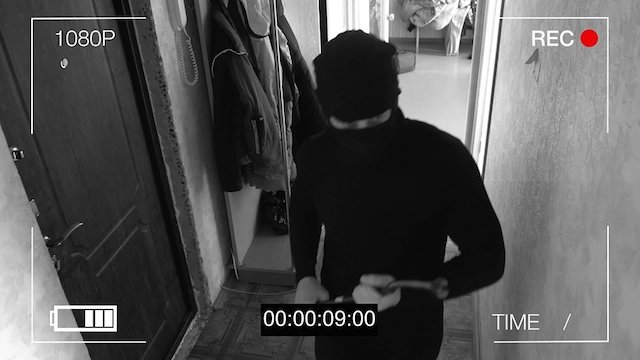“Amazon Key” – the new app and smart lock from Amazon that lets delivery drivers place packages inside a recipient’s house or apartment by using a digital code – launched last week for Amazon Prime customers in 37 cities.
Amazon’s new service requires customers that want to use it to purchase a kit that starts at $250 and includes a security camera made by the company and a smart door lock made by Yale or Kwikset. When a delivery arrives at the customer’s door, the lock first helps Amazon verify that the driver is at the correct address at the appropriate time. It then starts recording video and unlocks the door.
But ironically, a system meant to curb package theft could end up costing people who use it a lot more in the form of higher homeowners or renters insurance premiums. Not to mention the new service creates a bunch of new liability questions, many of which were addressed in a Detroit Free Press article last week.
Kenneth Cantor, an attorney and the owner of Cantor Insurance Group in Southfield, Mich., said in the article that the new app/service raises a lot of questions.
“When you have homeowner’s insurance, it covers you for your property and liability. If you invite someone on your property and they steal something or knock a candle over and the house burns down, would your policy cover it?”
The article notes that as more people adopt the smart lock technology, and people are able to enter a home when the homeowner is not there, carriers will need to wrestle with all sorts of liability questions, such as:
- What if someone gets injured — slips on a wet floor — while delivering?
- What if a pet gets out or violently attacks the delivery person?
- What if the front door doesn’t get closed, or the system is hacked?
“For a lot of people, this will be a real convenience,” says Michael Macauley, CEO of Quadrant Information Services, a leading supplier of pricing analytics services to property and casualty insurance carriers. “However, it also raises some interesting questions about homeowners insurance rates.”
Does allowing strangers into the home with no supervision (beyond video surveillance) warrant a rate increase? Macauley says the short answer is, we don’t know yet. “The insurance industry is going to have to explore this technology and determine what the risks are,” Macauley said. “At Quadrant, we’ll take our usual two-pronged approach. On the one hand, we’ll be studying the technology to understand what it offers in terms of benefits and liabilities. On the other hand, we’ll help agents and carriers to understand — zip code by zip code and maybe street by street — how their competitors are reacting to this technology in terms of rate-setting.”
Macauley told the Detroit Free Press he can’t imagine what kind of litigation this could lead to, adding that the better a person is insured, the more likely they are to get sued.
He added that as people start to use these apps, insurance companies are likely start to write policies that exclude accident coverage or other incidents involving these package deliveries. He predicts they will charge more — as much as 10% to 20% — for insurance coverage.
Macauley suggests that people wanting to use an in-home delivery service (Walmart is reportedly testing similar systems with customers in Silicon Valley and Miami) should call their agent to make sure they are covered.
What do you think? Should consumers use it and risk a rate increase, or don’t use it and continue to take chances on packages being stolen from your front porch? (According to a 2015 report from InsuranceQuotes.com, 23 million Americans had recently delivered packages stolen from their homes before they could even open them). And who will be liable for accidents, pet attacks or criminal activity? Please share your thoughts using the comment tool below.














That sure does sound like a bit of an issue.